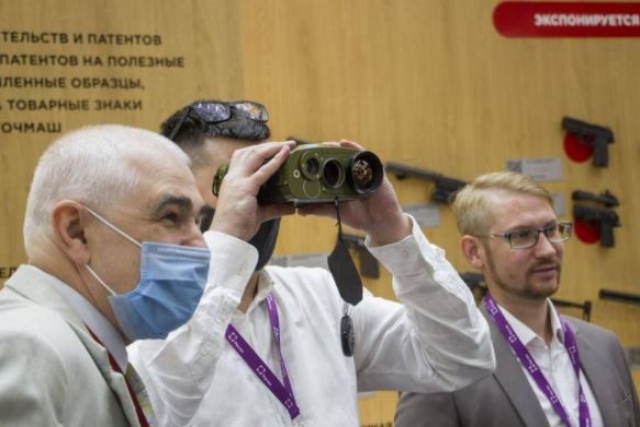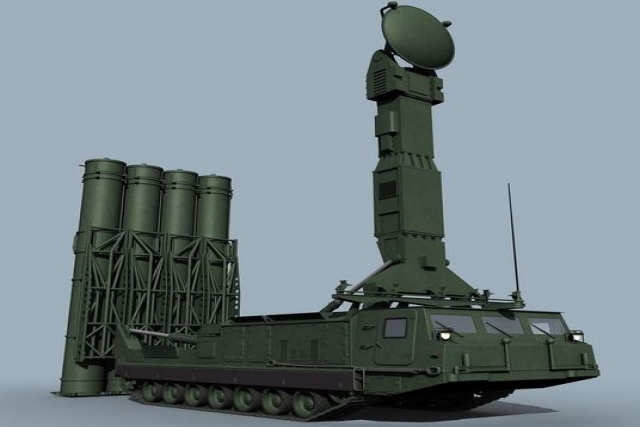Rostec Doubles Range of Ataka-DBS Anti-Drone System

Rostec’s Ruselectronics Holding has successfully tested Ataka-DBS anti-drone system equipped with new type of antennas, that has doubled the range of the system.
The results showed that the range of the complex increased almost 2 times in terms of detection and 2.5 times in terms of suppression, Rostec said in a release August 20.
The Attack-DBS complex has shown reliable and uninterrupted operation in the conditions of simulated drones' attacks from close and long distances. The maximum detection range of the UAV was 2900 m with the declared 1500 m, and the maximum suppression range was 2500 m with the declared 1000 m. The tests took place in difficult weather conditions - with strong gusts of wind up to 15-20 m/s and dust storms.
The equipment in automatic mode within 0.1 second detected the drone, identified the object according to the principle of "friend or foe" and blocked the communication and navigation channel of the copter.
“The modernized system allows you to cover a large area with a protective dome. At the same time, it does not interfere with the operation of the surrounding communication and navigation equipment, which makes it possible to use it in airports, urban conditions, on the territory of high-tech facilities,” said Sergey Sakhnenko, industrial director of the Rostec radio-electronic complex.
The automated Ataka-DBS complex detects and suppresses control channels in the frequency range used by civilian UAVs - from 2 GHz to 6 GHz. The complex is based on radio frequency detection and suppression modules. The system can be used both as a stand-alone suppression cell and as a complex of interconnected cells that cover a given perimeter. The required number of modules and their location are determined depending on the characteristics of the protected object.
As part of Rostec, the project is being implemented by the structure of the Ruselectronics holding - NPP Almaz.











